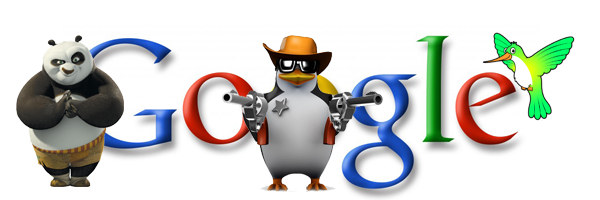With all the changes we’ve seen over the past few years it may be tempting to say, “SEO is dead.” It seems we hear it every year, but every year SEO continues to be relevant. The key is to be adaptable.
One of the most significant updates and maybe the best change in terms of user experience, is the way the Hummingbird update changed how Google parses queries. Rather than simply matching keywords to pages, Google now understands search intent.
This doesn’t mean keywords are no longer important, it means you have to widen your scope of niche-specific phrases. Plus, these phrases should come from normal conversational language.
If you are selling chocolates. You might try phrases such as “gourmet chocolate gifts”, “holiday gift baskets”, “milk chocolate shops”, “the best white chocolate truffles”, or “where to buy artisan chocolate.”
To understand this further. Think about why someone would perform a search, i.e. what is their intent?
 Someone that searches “where to buy artisan chocolate” clearly is looking to buy chocolate, so this would be considered a transactional search. This type of search is indicative of someone who knows what they are looking for and is probably close to making a purchase. For this type of intent, use target keywords such as, product names “Hershey’s milk chocolate” or generic products “chocolate raspberry truffles”. You should also include terms like, “purchase” or “buy” in your pages to attract transactional searchers. Other types of intent include informational and navigational searches.
Someone that searches “where to buy artisan chocolate” clearly is looking to buy chocolate, so this would be considered a transactional search. This type of search is indicative of someone who knows what they are looking for and is probably close to making a purchase. For this type of intent, use target keywords such as, product names “Hershey’s milk chocolate” or generic products “chocolate raspberry truffles”. You should also include terms like, “purchase” or “buy” in your pages to attract transactional searchers. Other types of intent include informational and navigational searches.
Navigational searches are often when people already know the brand, product name, or they are looking for a particular site. So they may search for “youtube” or “godiva.” It would be difficult to rank for someone else’s company name or website, so targeting for navigational searches is usually reserved to your brand.
Informational searches are typically early on in the decision making process and at the time when someone is looking for information or just performing a general search. Typical searches could be, “chocolate” or “holiday gift ideas.” To rank for informational searches, create educational content, or content that genuinely provides helpful information relevant to the target query. This is where content marketing comes into play. Then to drive traffic to your products and services add links to product and services pages.
For SEO 2015 will be the year for understanding search intent. To make sure you don’t get left, behind start thinking about how your website and content are a solution for what people are searching.

Leave a Reply